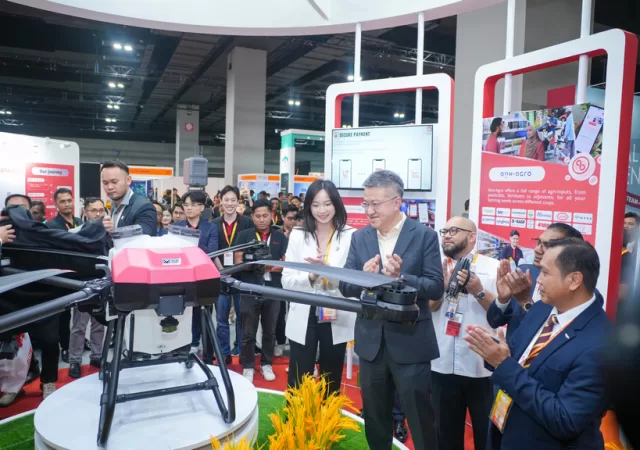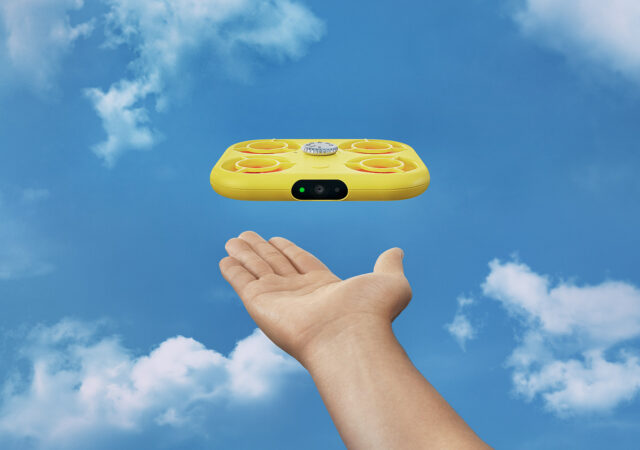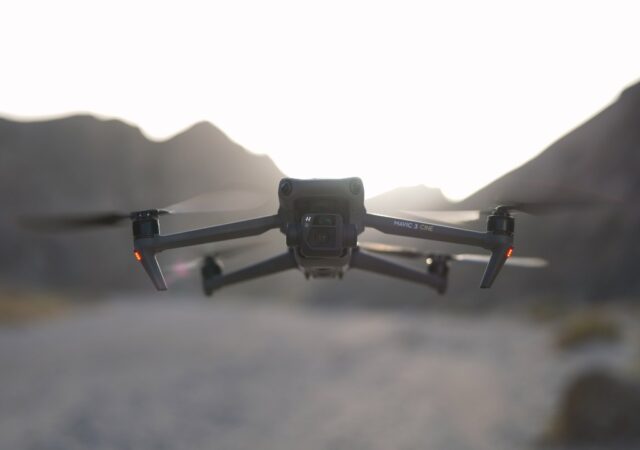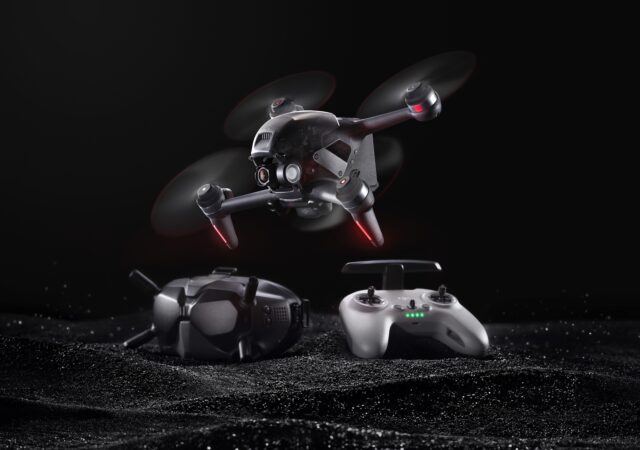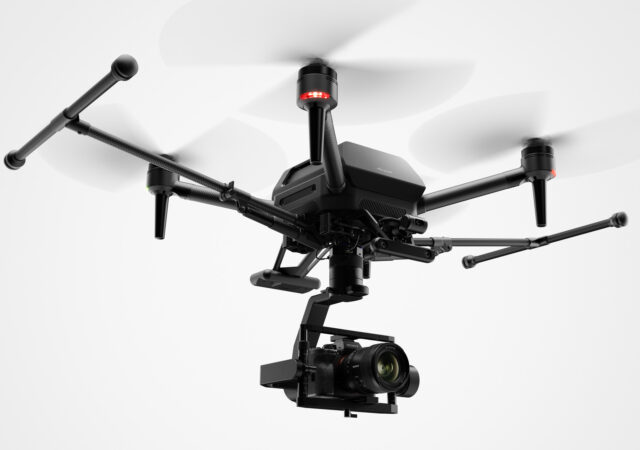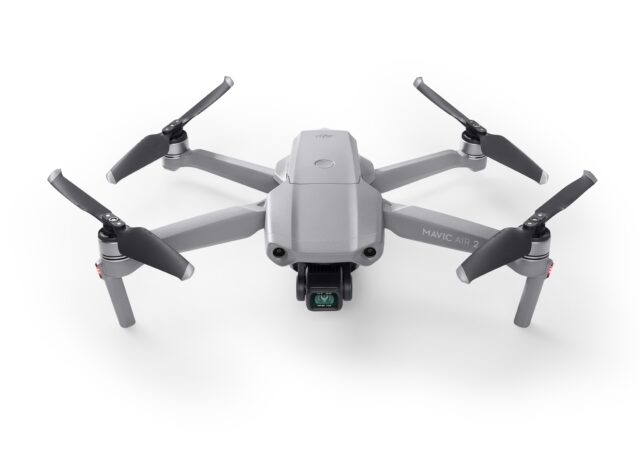AONIC launches MIST Tec 50, a Malaysian-made drone built for agriculture, packed with features that make it easier for farmers.
The DJI Revolution is Here in the Form of the Mavic 3 with Prices from MYR 9,799
DJI released the new Mavic 3 and Mavic 3 Cine edition with 5.1k 50fps and 4K 120fps video recording with 4/3 CMOS Hasselblad sensor.
[CES 2021] Sony Introduces the AirPeak
Sony introduces the AirPeak in CES 2021. The AirPeak is designed to be the world’s smallest drone to carry the Alpha for aerial creativity.
DJI Mavic Air 2 Takes Flight
DJI just released their brand new Mavic Air 2 consumer drone to replace the DJI Mavic Air with a bigger 48-Megapixel sensor, more shooting modes, and even cleverer electronics to keep it in the air longer.



